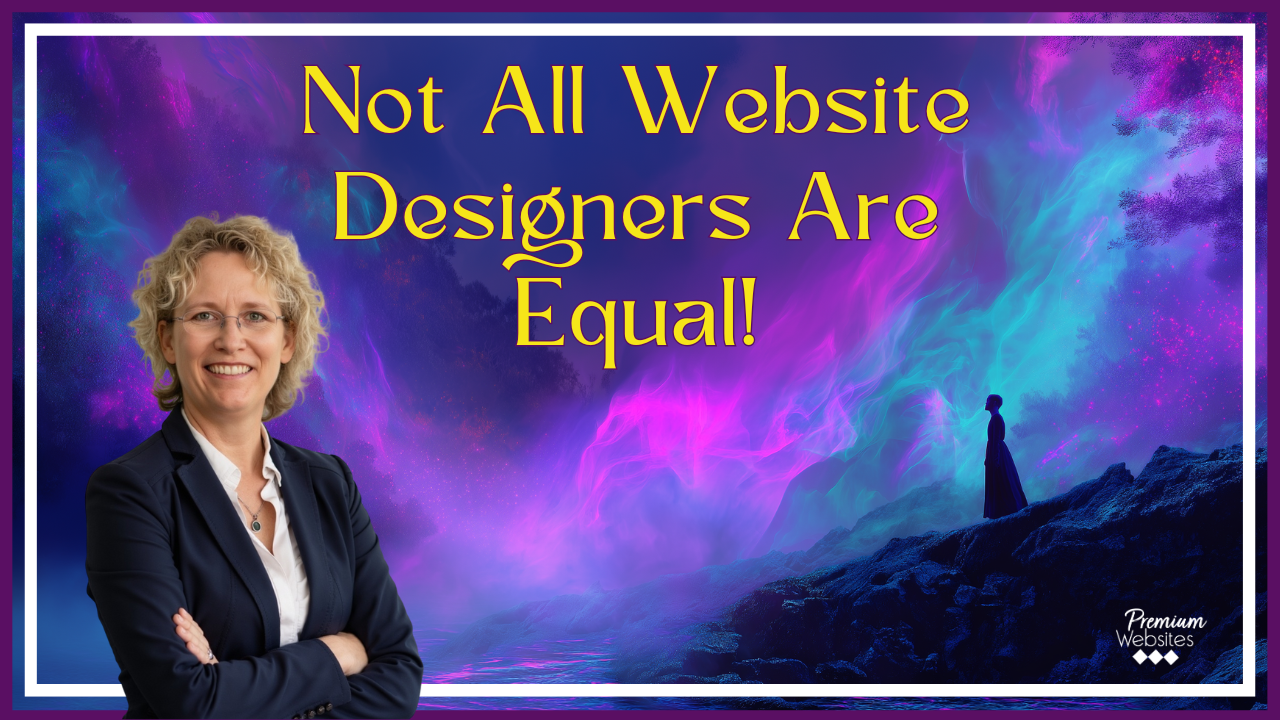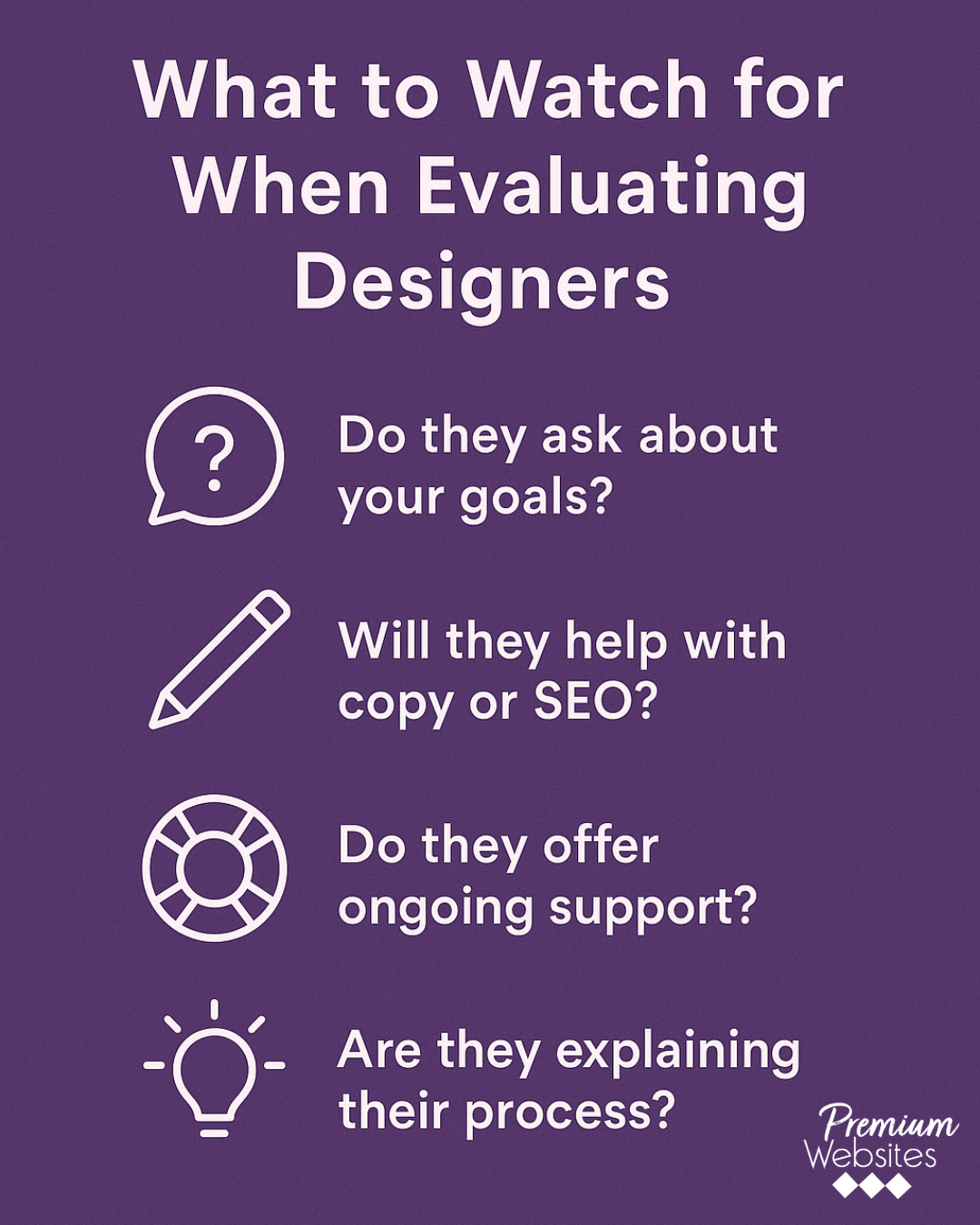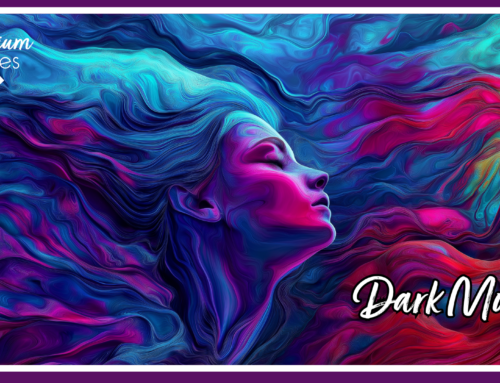
…and How to Pick the Right One
It starts with a hunch. Maybe your website feels outdated. Maybe it loads slowly, or you’re just tired of doing tech support at 10 p.m. But as you start looking for help, a new problem surfaces: every designer seems to work differently. How do you choose?
Why Website Designers Vary So Wildly
Solopreneur designers occupy a unique middle ground. They offer the hands-on care of freelancers with more structure than a DIY platform—yet more flexibility than boutique studios. They’re especially valuable for small businesses seeking guidance without the red tape.
Some designers focus only on visuals. Others think in funnels, analytics, and bounce rates. Then there are those who hand you a sitemap, smile, and disappear for weeks. It’s not about who’s “better.” It’s about knowing what kind of help your business actually needs.
Did you know…
The first known web designer wasn’t a designer at all—it was Tim Berners-Lee, the inventor of the web. His 1991 website had one page, black text on a white screen, and no styling. Design came later, after users demanded clarity, structure, and visual hierarchy—just like clients do now.
1. Collaboration Style Matters More Than You Think
Solopreneur designers often tailor their collaboration style to fit each client. They’re agile, responsive, and able to shift gears based on your level of involvement.
Do you want to guide every decision? Or hand off the reins entirely? Some designers love deep collaboration. Others follow your lead with minimal input. If you’re mismatched, it gets frustrating fast.
2. Experience in Your Industry Can Save You Weeks
A designer who understands your field already knows what customers expect. A retail designer gets ecommerce. A B2B expert knows how to showcase services and case studies. They won’t need a crash course—and won’t make rookie mistakes.
3. Scope of Services Can Be Surprisingly Limited
Some designers just build pages. Others write content, handle SEO, and build in accessibility. Many clients find out too late that they have to write every headline themselves. Ask early: who handles what?
4. Pricing Can Be Confusing—And Sneaky
Here’s a quick comparison of common designer types to help make sense of pricing and expectations:
| Designer Type | Pros | Cons |
|---|---|---|
| DIY Platform | Fast setup, budget-friendly | Time consuming, limited design control |
| Freelancer | Flexible, lower cost | May lack full-service support |
| Solopreneur Designer | Personalized, adaptable, affordable | Limited bandwidth for large-scale projects |
| Boutique Studio | Personalized, strategic approach | Higher price point |
| Large Agency | Full-service, scalable | Less personable, significantly more expensive |
Hourly? Flat rate? Maintenance retainer? One designer may quote $1,200, another $6,000. If you’re not clear on what’s included, you’re comparing apples to air fryers. Always ask about revisions, strategy, and post-launch support.
5. Post-Launch Support Is Often Overlooked
Who handles updates? What if your contact form breaks? Many designers hand off the final site and disappear. Others include monthly updates and hosting. Don’t assume—ask.
6. Education vs Execution: Who Teaches You the Tools?
Solopreneurs frequently blend building with teaching. They often show you how to update your site and create new content. This hybrid approach helps you stay in control without feeling overwhelmed.
Some designers walk you through content strategy, SEO basics, and how to edit your site. Others just upload what you send. If you want to manage your site long-term, find someone who teaches, not just builds.
7. Communication Style Can Make or Break a Project
Do they reply in hours or days? Use jargon or plain language? Will you get updates or chase them for answers? Good design is useless if the process drives you up the wall.
What to Watch for When Evaluating Designers
- Do they ask about your goals?
- Will they help with copy or SEO?
- Do they offer ongoing support?
- Are they explaining their process?

When It Might Be Time to Redesign
If your site doesn’t feel like your brand anymore, isn’t bringing leads, or is breaking regularly, it’s probably time. Look for these signs:
- Your services have changed but your site hasn’t
- Search traffic is dropping
- Visitors aren’t converting
- You dread logging into the backend
The Best Designer Is a Fit—Not Just a Skillset
Solopreneur designers can be an ideal fit for business owners who want a strategic partner without agency pricing. They balance expertise with accessibility and are invested in your success.
Find someone who understands your business and communicates clearly. A good fit makes the process smoother, the outcome better, and your future updates easier.

FAQ
How do I compare website designers?
Start with process, support, and pricing. Ask what’s included. Request past work and client testimonials.
What should I expect to pay for a small business website?
Prices range widely. Basic sites can cost $1,000–3,000. More strategic builds often run $5,000–8,000 or more.
Do I need ongoing support after launch?
Yes. Websites break, plugins update, and content changes. Some designers include maintenance; others charge separately.
Should my designer understand SEO?
Absolutely. A beautiful site that doesn’t show up in Google won’t help your business grow.



